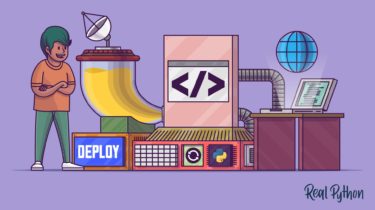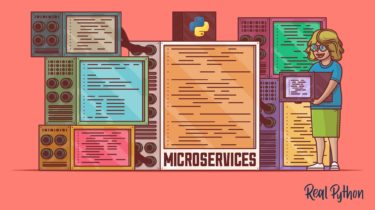Python Web Applications: Deploy Your Script as a Flask App
You wrote a Python script that you’re proud of, and now you want to show it off to the world. But how? Most people won’t know what to do with your .py file. Converting your script into a Python web application is a great solution to make your code usable for a broad audience. In this tutorial, you’ll learn how to go from a local Python script to a fully deployed Flask web application that you can share with the […]
Read more

